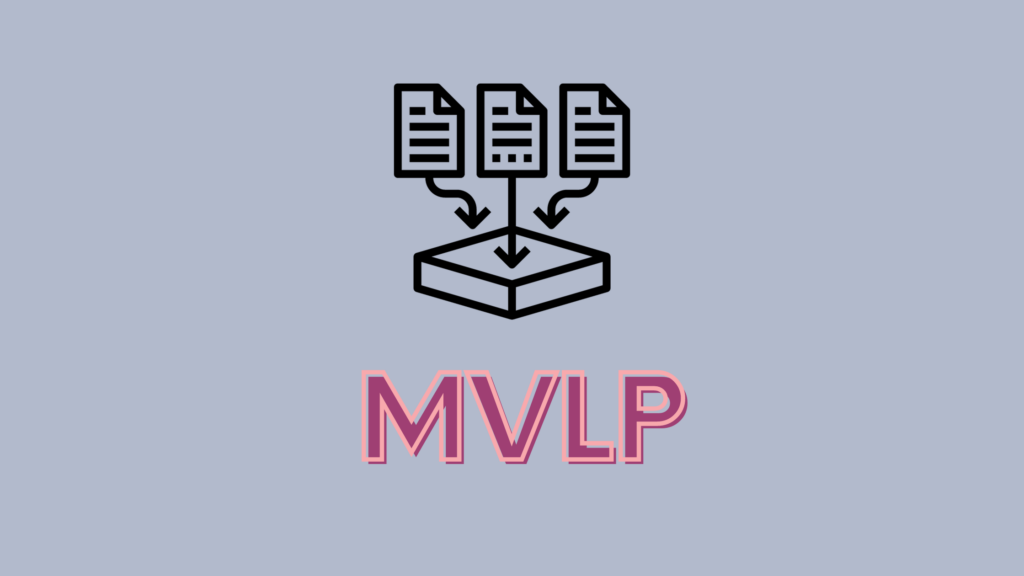By using an advanced and trained custom AI, MVLP aligns with the LangOps manifesto’s emphasis on leveraging structured, quality data to create performant AI systems for localization. This approach champions AI-first solutions while maintaining a keen eye on quality. MVLP integrates these principles into its fabric, respecting the ‘human-in-the-loop’ for critical input and continuous improvement, ensuring scalability, transparency, and real-time data processing.

As a language-agnostic solution, MVLP is designed to scale effortlessly across languages, relying on multilingual datasets and external expertise. In essence, MVLP is not just a product but a practical and applicable use of LangOps methodology, blending interdisciplinary knowledge with cutting-edge technology to redefine the boundaries of language services. In this article we will explore the types of datasets vital for creating an effective MVLP, crucial considerations in training AI for MVLP, and conclude with insights on the volume of data required for optimal results.
What is an MVLP
The MVLP represents the foundational stage in the development of a localization product, where the primary focus is to deliver and present a functioning localization product that is made possible by data management and curation to train AI systems. This process bypasses human input except in the areas of Large Language Model (LLM) training, making it a unique blend of technology and linguistic expertise. The two main parts to create an MVLP are initial raw machine translation (MT) output followed by AI-driven post-editing. However, prior to doing that, there are steps to be taken to gather, process, analyze and parse the linguistic data that is responsible for the outcome generated by the “AI Post Editor”.
What Datasets LangOps Suggests to Consider when Creating an MVLP
Translation Memory
Translation Memory is a database of previous translations that AI can use to learn context, style, and language nuances specific to a client’s needs. It’s particularly useful for maintaining consistency in large-scale projects. Usually, one of the larger datasets to be used in AI training, having a backlog of localized content is a big advantage.
Styleguide
A style guide encompasses the preferred tone, style, and specific linguistic choices of a client. It is a great way of teaching the AI to understand and replicate the unique voice and brand identity in different languages for one particular client. If a style guide does not exist, it is possible to create one before deploying the custom AI, as it provides crucial personalization and opportunity to immediately replicate the tone of voice and messaging in the initial stage of MVLP.
Terminology Glossaries
Both specialized and general glossaries are instrumental in training AI. They ensure that specific jargon, technical terms, and industry-specific language are accurately translated and used consistently. It’s just another baseline requirement to reduce the parity between the MT output and human-quality output. Having the AI trained on proper terminology increases the value and the data gathered when deploying your MVLP
“Do Not Translate” Lists and Formatting Rules
These lists and rules guide the AI in recognizing and respecting elements like brand names, cultural terms, currency, and numbering formats that should remain unchanged in translation.
Training AI for MVLP: What to Consider?
Encoding
Encoding is a critical aspect of AI training in MVLP, as it ensures the correct representation of text across various languages and scripts. Language professionals must be proficient in handling different character sets, particularly for languages with unique scripts or characters. The right encoding is essential for maintaining the integrity of the text and preventing errors such as garbled text, which can significantly affect the training quality. This knowledge of encoding intricacies blends linguistic understanding with technical expertise, making it a vital skill in the field of Language Operations.
Optimized Language-Specific Scripts
Tailoring AI training scripts to individual languages is essential for addressing their specific linguistic features. Scripts that capture the unique structural, syntactical, and idiomatic characteristics of each language will provide the most benefit for the custom AI. Such customization enhances the AI’s ability to accurately parse and import language assets, directly improving the quality of machine translations. This process requires language professionals to have deep knowledge of each language’s peculiarities, ranging from grammar rules to idiomatic expressions, ensuring that AI systems are finely tuned to handle these nuances.
Learning Environment Hosting
The choice between cloud-based and local hosting solutions significantly impacts the scalability, security, and integration capabilities of MVLP systems. Cloud-based environments like AWS and Azure offer flexibility and scalability, which are beneficial for projects with varying demands. However, local hosting may provide more control over data security, though it could limit scalability and integration with other systems. These are the factors consider when balancing the needs for scalability, data security, and integration capabilities according to the specific requirements of their localization projects.
Continuous Learning and Feedback Integration
AI systems in MVLP that very closely relate to DevOps principles must be designed for continuous learning, incorporating real-world feedback to enhance accuracy and relevance. LangOps engineers play a key role in this process by analyzing feedback, identifying linguistic trends, and refining AI training. This adaptive approach ensures that the AI remains effective and up-to-date with linguistic changes and user preferences. Continuous learning and feedback integration are crucial for maintaining the quality and reliability of translations over time and can serve as great entry points for further iterating the MVLP during the next localization sprints.
Data Security and Privacy Compliance
Maintaining the security and privacy of data used in custom AI training is of utmost importance, particularly in compliance with global privacy standards such as GDPR. LangOps professionals are responsible for ensuring that data handling practices are secure, with proper encryption and controlled access, to protect sensitive or proprietary content that has been entrusted by the clients. This focus on data security and privacy is crucial for legal compliance and maintaining trust with clients and users, making it an indispensable part of the AI training process in MVLP.
Tests and use cases provided by Native conclude that 100 000 words of personalized content can serve as a starting point to initiate the MVLP. However, it is worth pointing out that the concept is rather new and the data thresholds are subject to change.
MVLP is an evolving process that benefits from the richness and contextual depth of the data it gathers, leading to more accurate and cost-efficient localization efforts down the road. The creation of a robust MVLP depends on meticulously curated datasets, thoughtful AI training, and a deep understanding of the clients’ linguistic needs. As LangOps continues to advance, so will MVLP methodologies, fostering more nuanced, precise, and cost-efficient localization in the global marketplace.


